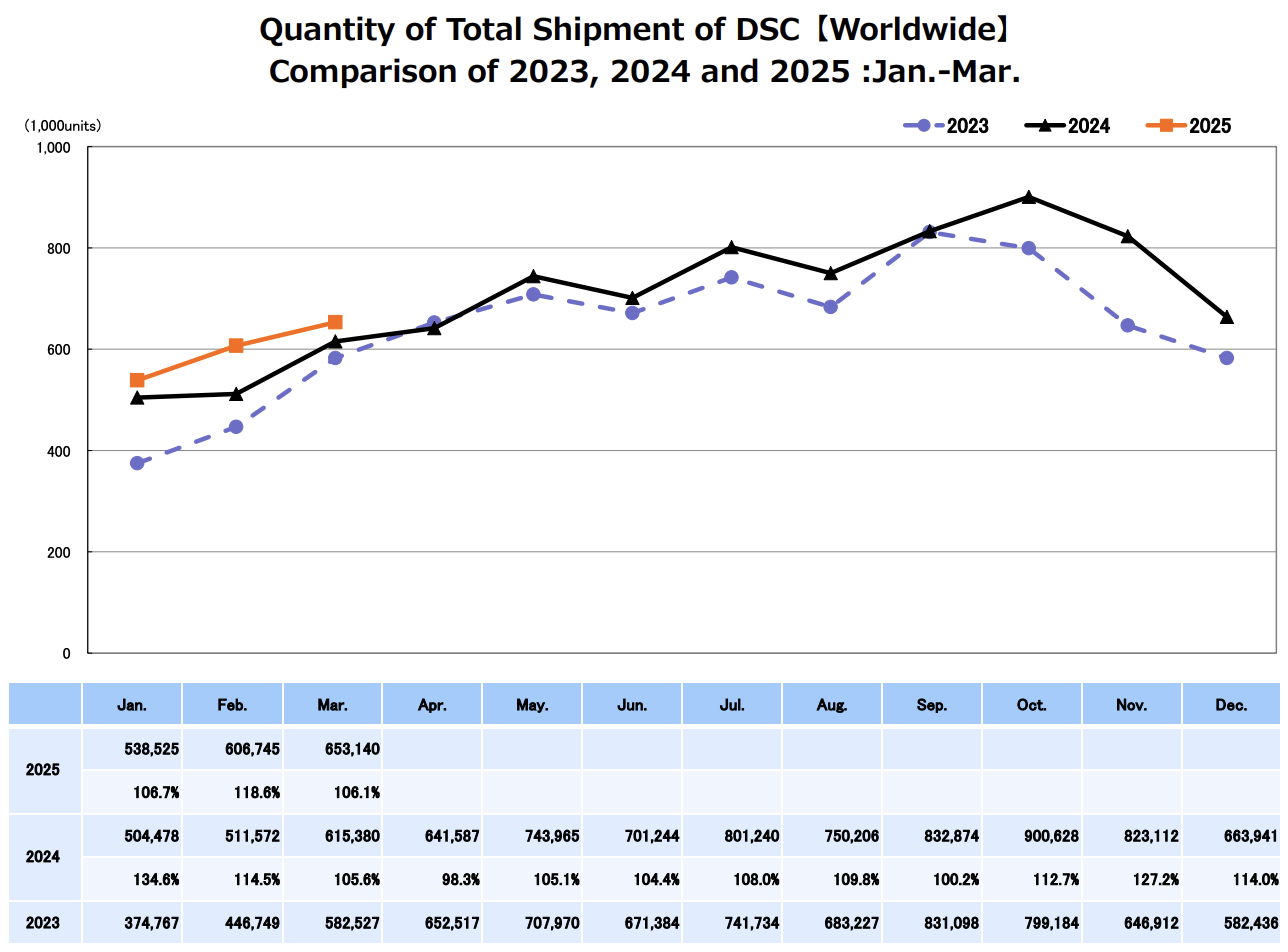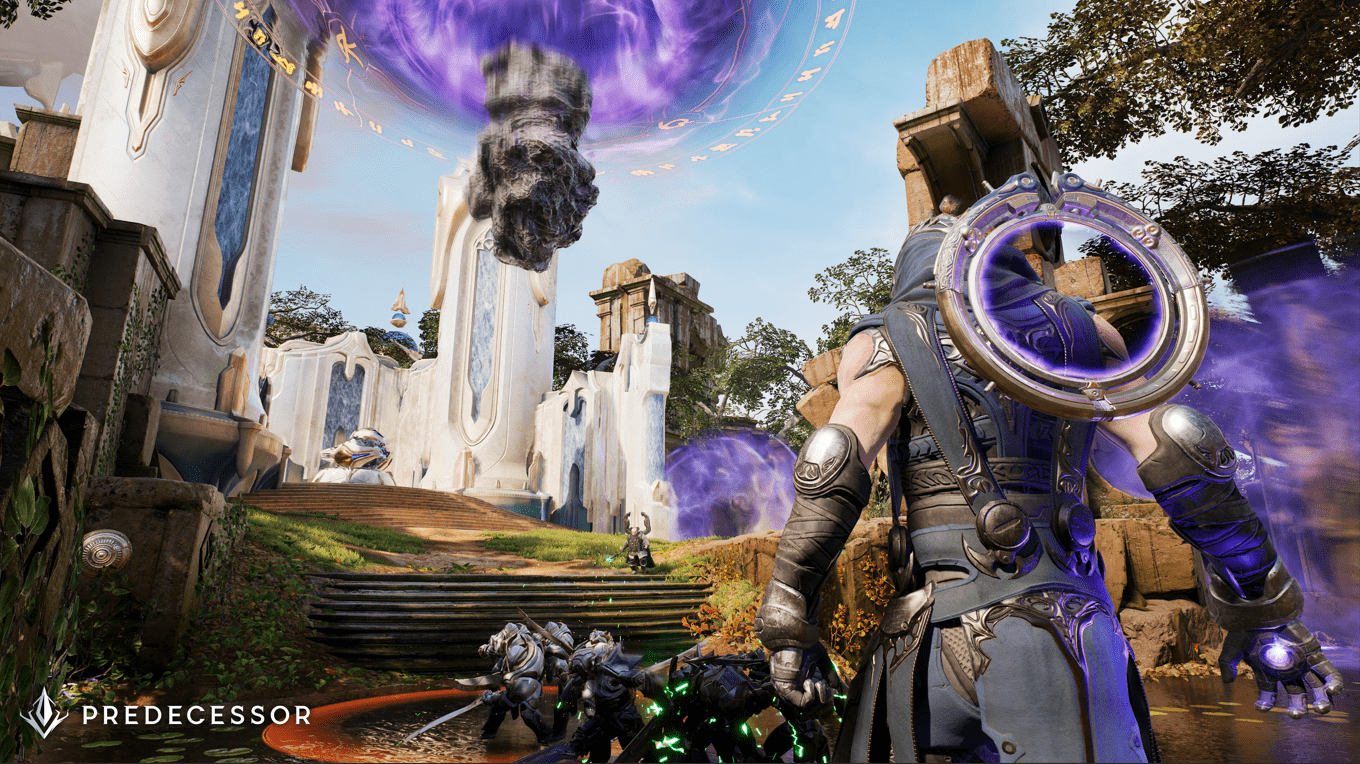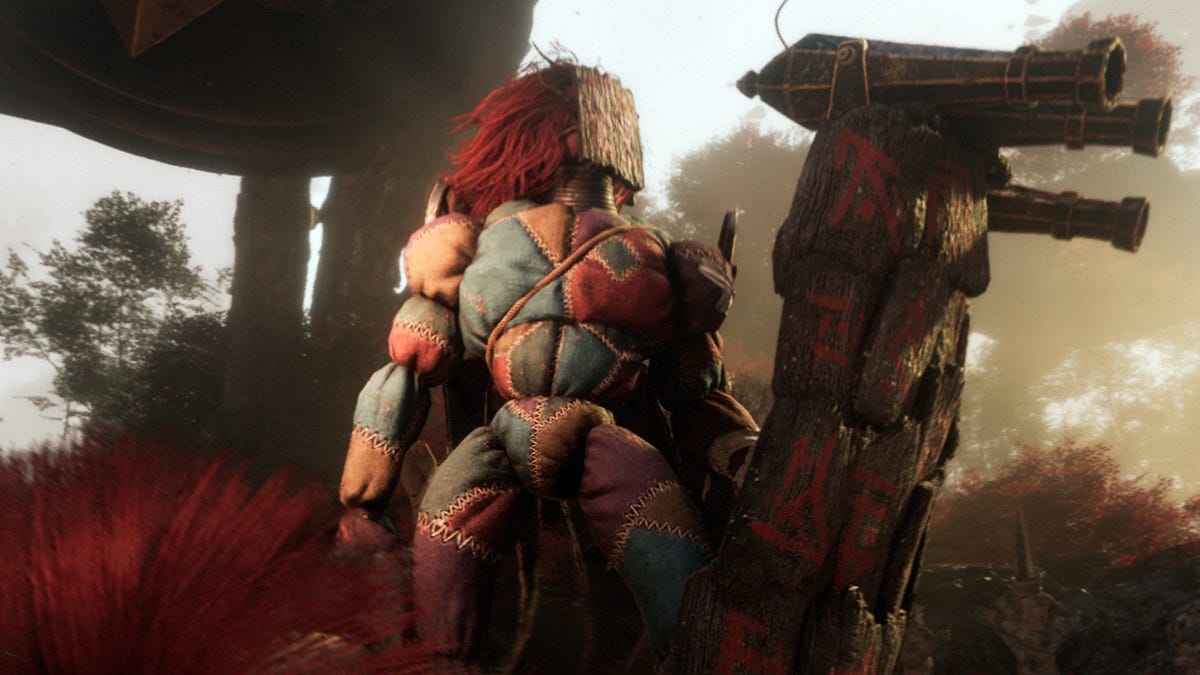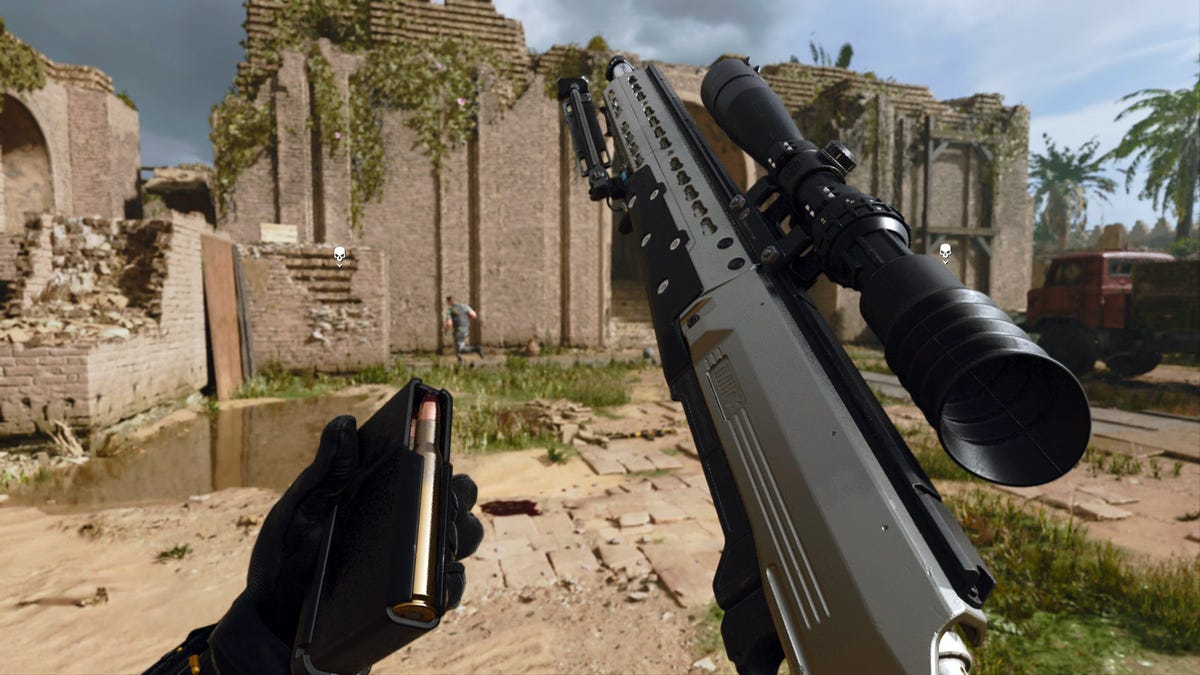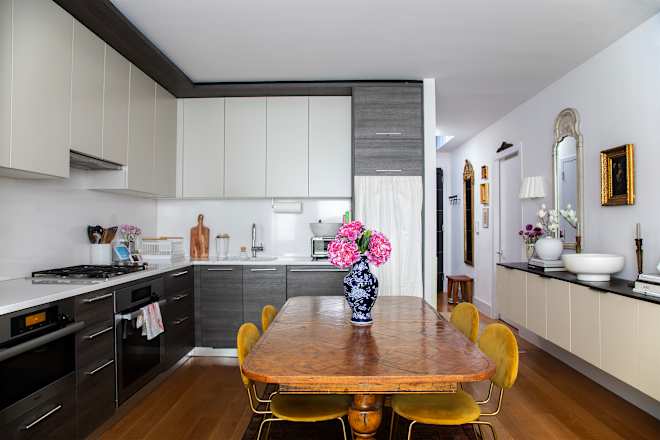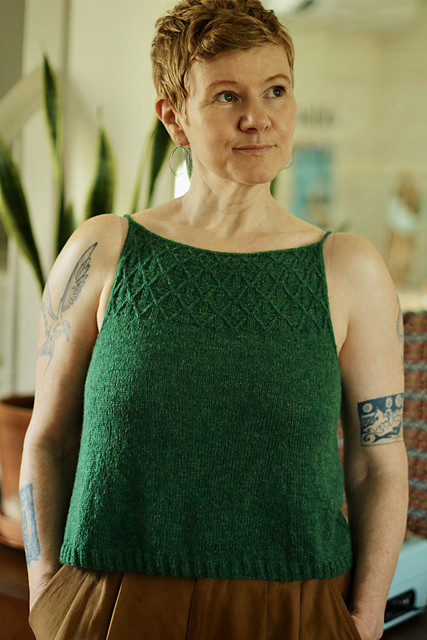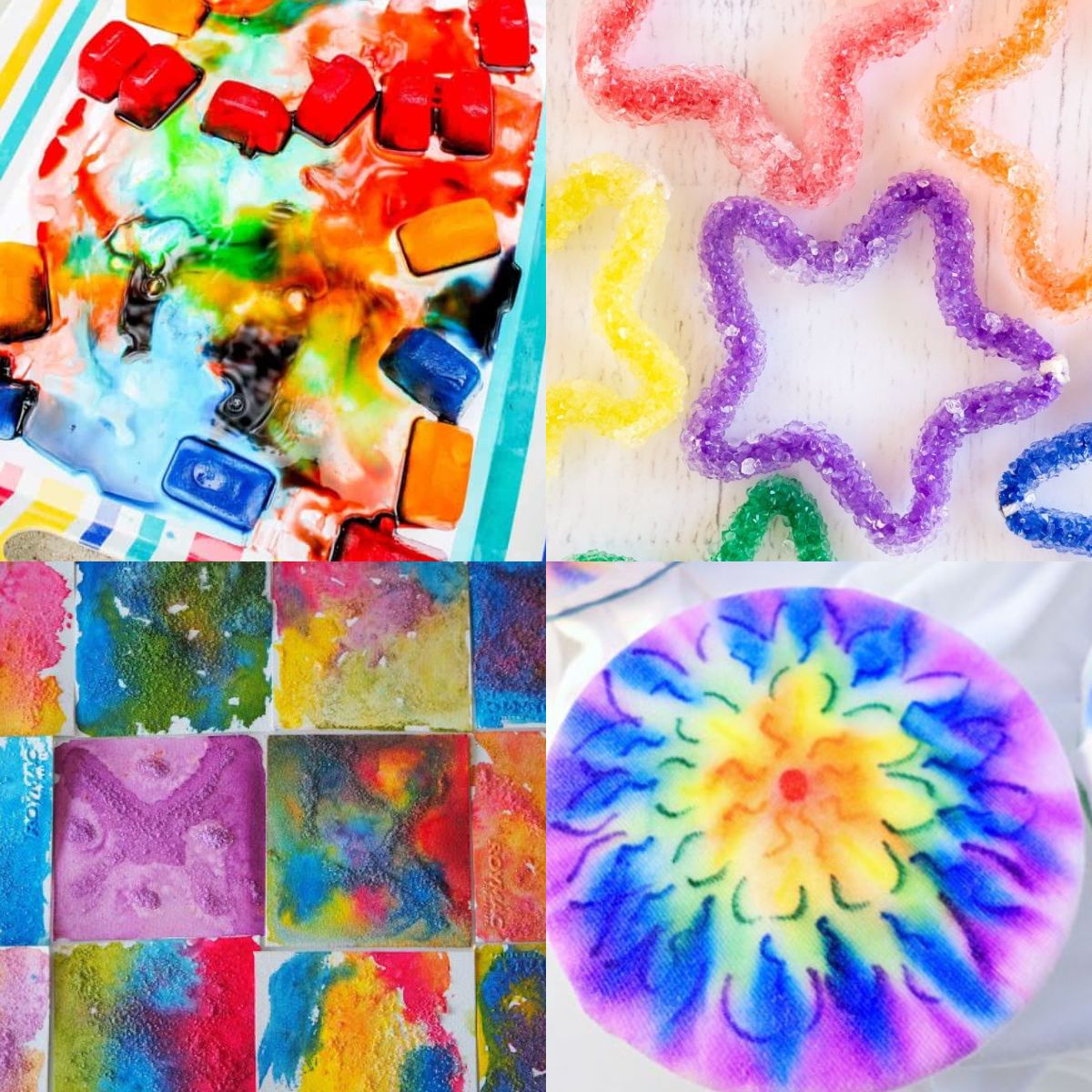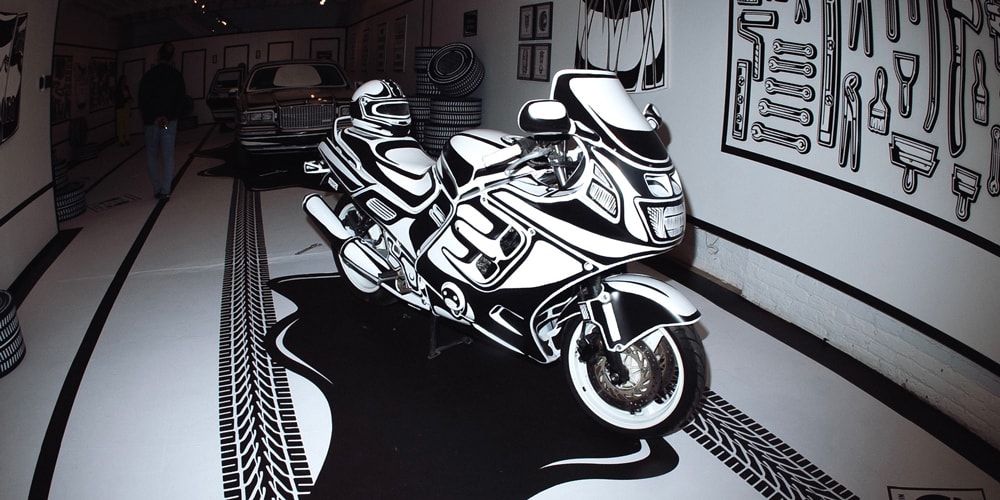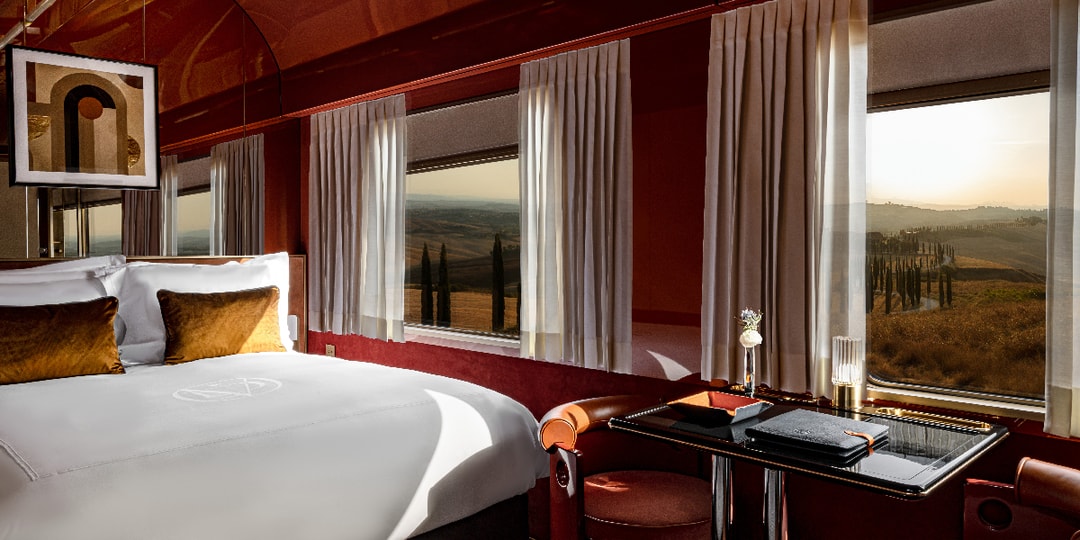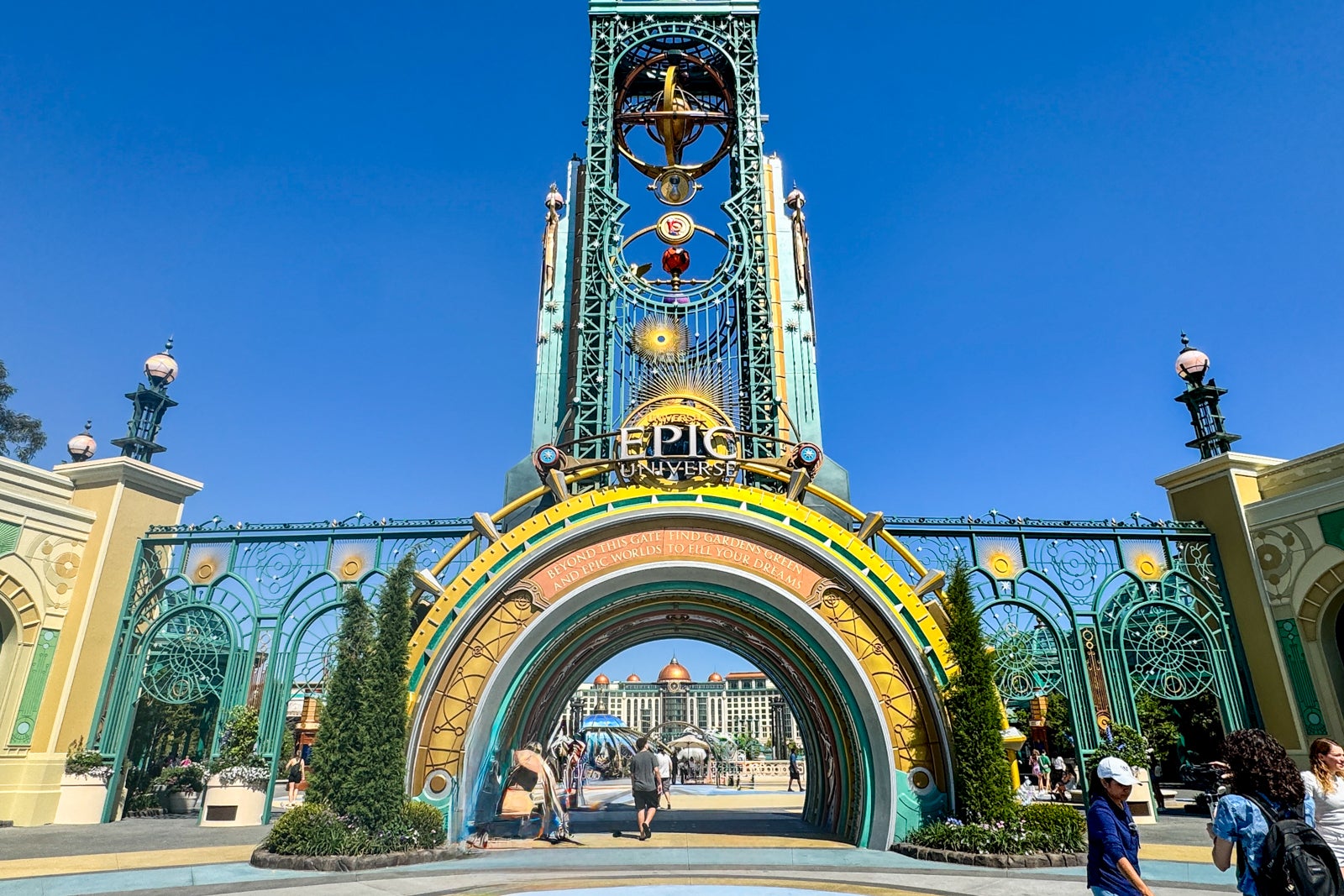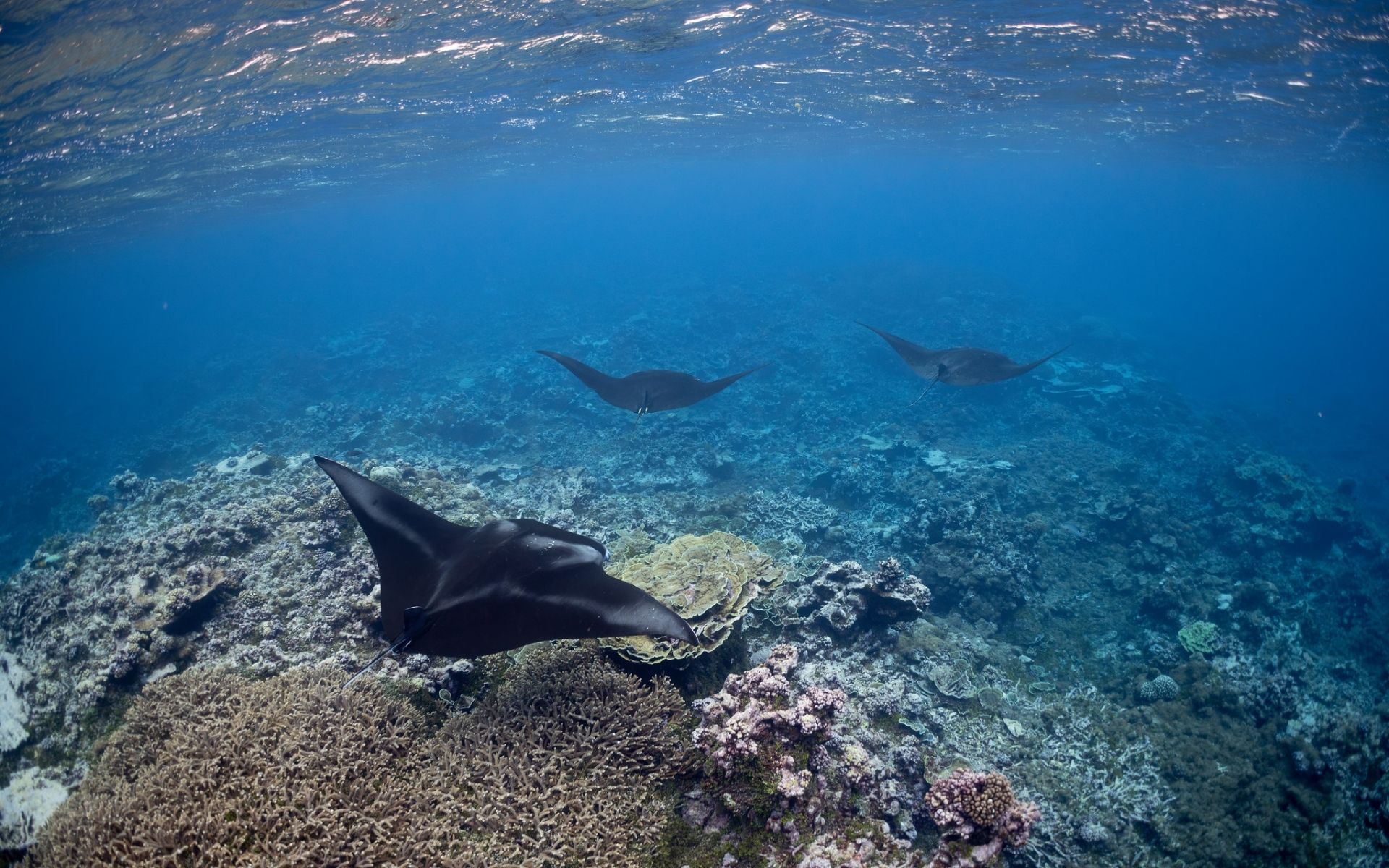Šibenik on Croatia's coast rivals Dubrovnik without the crowds
Dubrovnik is simply gorgeous, yes – which is why it draws such crowds. Find the same history and charm in lesser-known Šibenik.

Croatia, with its dazzling coastline, medieval towns and sparkling blue waters, has firmly established itself as a European tourism powerhouse. In 2024, this nation of just four million people welcomed a staggering 16.8 million visitors. And this isn’t a recent trend: people have been heading for vacations on the Adriatic coastline since the 1880s, when resorts proliferated along its breathtaking blue waters.
While Dubrovnik and coastal cities like Split have long been the poster child for Croatian tourism, seasoned travelers are increasingly turning their attention to lesser-visited alternatives along the Adriatic coast.
Šibenik, a charming coastal city with a rich history, offers visitors a more tranquil, genuine Croatian experience away from the overwhelming crowds. Here's why you should consider this unsung gem of Dalmatia for your next Adriatic adventure.
Why visit Šibenik now?
Gorgeous Šibenik has a history that’s just as rich as Dubrovnik’s, with an old town that is undeniably more tranquil. Nestled in a sea inlet between Zadar and Split, the tiny city certainly shares similarities with Dubrovnik. Both were maritime trading hubs in the Middle Ages. Both were conquered by the Venetian Republic, and therefore contain a plethora of gorgeous Venetian-style architecture. And both, of course, are adjacent to the glorious Adriatic.
Charming Šibenik has a population of 34,000 locals and lacks the intense crowds of its Dalmatian coastal counterpart cities. Consequently, in addition to the idyllic beauty of its medieval architecture, there’s still the normalcy of everyday life here, with a lighter vibe in the air complementing the fresh sea breeze.
Top things to do in Šibenik
Explore its extraordinary architecture
From the Riva, Šibenik's seaside promenade, stairs sweep up to St James' Cathedral, an undisputed jewel of Dalmatian architecture and UNESCO World Heritage Site. This masterpiece, built between 1431 and 1536, showcases bright white stone mined from the neighboring islands of Brač and Korčula. What makes this cathedral particularly fascinating is its montage of architectural styles, with both Gothic and Renaissance features layered together, and the frieze of 71 carved heads that line the outer walls – caricatures of 15th-century locals in various expressions from hilarious to downright scary.
The compact center houses 22 elegant churches, with the Church and Monastery of St Lawrence standing out for its serene garden. The city's narrow alleys and passageways all flow upward toward St Michael's Fortress, a majestic hilltop stronghold that was first recorded as a church in 1066 and has been destroyed and rebuilt numerous times over the centuries.
Visit nearby beaches and Krka National Park
Šibenik's surroundings offer some of Croatia's most magnificent natural attractions. Krka National Park, with its stunning waterfalls and the remnants of the historic hydroelectric plant, is just a short drive away. You'll also find estuaries to swim in and great pebble beaches to lounge on, including Banj beach overlooking the old town, Rezalište beach a 10-minute drive east, and Olive Beach 15 minutes by car (or a quick boat ride from the Riva).
Experience a unique cultural heritage
Unlike many other Dalmatian coastal communities, Šibenik was not established as a Greek or Roman settlement. Instead, it was strategically founded by Croatian king Petar Krešimir IV in the 11th century, who selected the site for its defensive position. While it shares similarities with neighboring cities as a maritime trading hub later conquered by the Venetian Republic, Šibenik maintains a distinctive cultural identity.
This uniqueness extends to local traditions like the Šibenska kapa, or Šibenik cap, a prominent feature of St Michael's Day celebrations on September 29. During this annual event honoring the city's patron saint, locals proudly don traditional costumes, including the unmistakable orange cap with two rows of black embroidered decorations called bule. The Šibenik cap has been listed on the national intangible heritage list since 2008.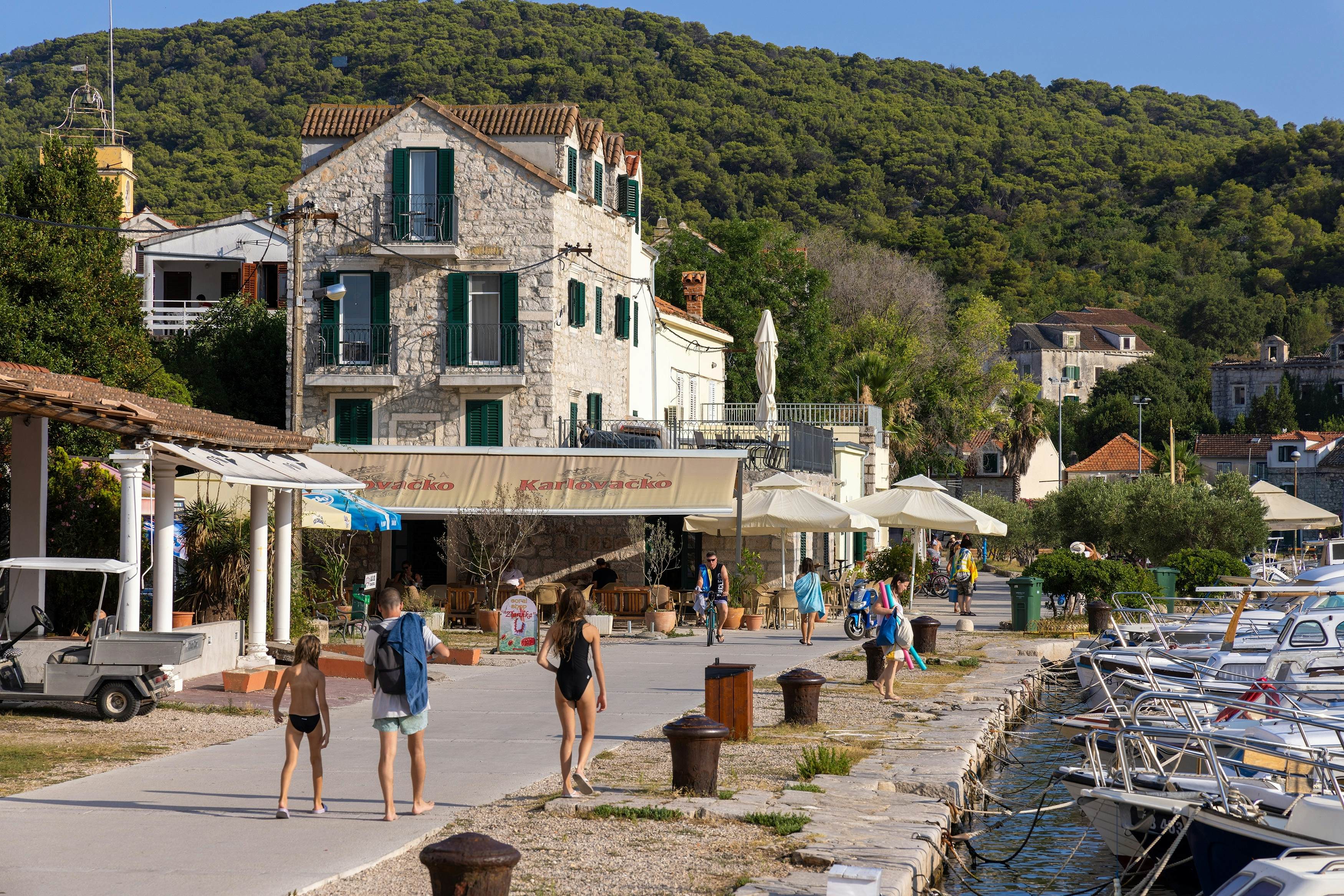
Unwind on a "secret" island
The dinky island of Zlarin is a Šibenik local secret. Many Šibenikers have weekend apartments on the island (which is a wonderfully car-free zone) and whizz over on their own dinghies to get away from "city" life for the weekend. For the rest of us there are four Jadrolinija ferry services a day that pick up from Šibenik’s little dock and drop off at Zlarin’s marina, taking just 25 minutes to make the crossing. It’s so secluded and peaceful, with crystalline waters in rustic little ports that dot the island’s coast.
Boats will also ferry you to the Kornati Islands, a beautiful archipelago and another of Croatia's epic national parks, with its distinctive bare, lunar-like landscape surrounded by crystal-clear waters.
Enjoy exceptional cuisine
Šibenik's gastronomic scene is another compelling reason to visit. The city boasts some outstanding restaurants that showcase the best of Dalmatian cuisine. Pelegrini, led by local chef Rudolf Štefan, offers a life-affirming tasting menu with modern twists on traditional dishes, attracting Croatia's jet set (soccer star Luka Modrić is known to visit when in town).
For more casual dining, Peperoncino Kitchen & Bar serves creative dishes like tuna gnocchi and cheese steak sandwiches on its charming terrace. And pizza lovers shouldn't miss Koka Pizza, a wonderful family-run restaurant often heralded as serving the best pizza in Croatia.
Discover its pioneering technological history
Šibenik holds an impressive place in technological history. One of the world's first hydroelectric plants was built on the Krka River in 1895, the second of its kind following Nikola Tesla's at Niagara Falls. Local engineer, inventor and eventual mayor, Ante Šupak, worked with his son to build this pioneering facility, making Šibenik the third city in the world with an alternating current street-lighting system, and the first with the complete system of production, distribution and transmission.
This achievement is celebrated annually on August 28 with the Light is Life Festival, when the whole city is illuminated – from the fortresses to the seafront and sometimes even the small sailing boats in the bay. The spectacle includes light installations, sculptures, fireworks, and concerts on the Riva, creating a festive atmosphere that's worth planning your visit around.
Where to stay
For a well-situated stay near the old town, choose the Bellevue Hotel, where it's worth paying extra for a sea-view room. Heritage Hotel Life Palace offers charm in a restored Renaissance palace right in the middle of the old town. For luxury seekers, Armerun Heritage Hotel & Residences is Šibenik's leading boutique hotel, tucked away at the north end of the Riva.
How to pair a trip to Šibenik with popular Croatian destinations
Šibenik is at the heart of the Dalmatian coast so traveling between it and other Croatian highlights is easy. Šibenik is a 50-minute drive from Zadar airport and a 55-minute drive from Split airport, both of which have regular connections to the capital, Zagreb, as well as European hubs.
Croatia's national bus operator, Arriva Croatia, runs direct routes between Zagreb and Šibenik's main bus station located right on the seafront; the journey takes about three hours and costs around €24 (US$27) each way. Once in town, there's no need for transport as the bus station is just a few minutes' walk from the center, though be prepared for stairs: Šibenik's old town features many steep climbs that map apps might not fully represent.
For those wanting to experience Dubrovnik, direct long-distance buses with Arriva Croatia and FlixBus connect Šibenik to Dubrovnik in about four and a half hours. Book tickets in advance during summer months as routes can fill up quickly. One-way fares typically range from €27–30 (US$31–34), depending on the season.
Travelers with more time should consider visiting Split, just an hour south of Šibenik by bus or car. The journey to Split costs around €12 (US$13) and runs frequently throughout the day. This gives you access to another UNESCO World Heritage city with the remarkable Diocletian’s Palace, before potentially continuing on to Dubrovnik.






































